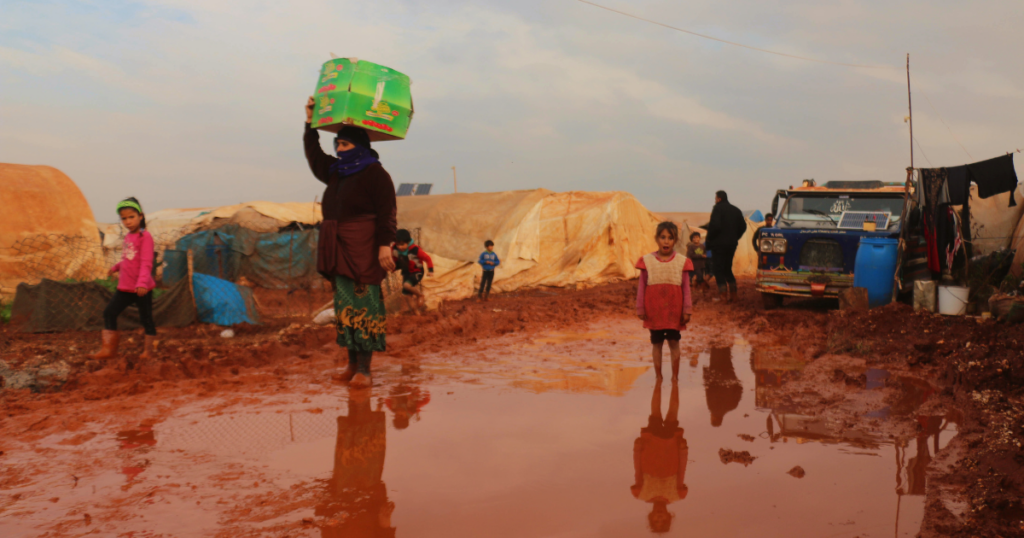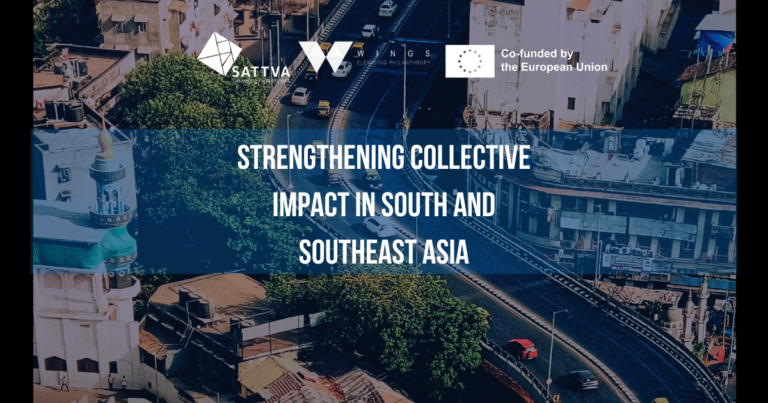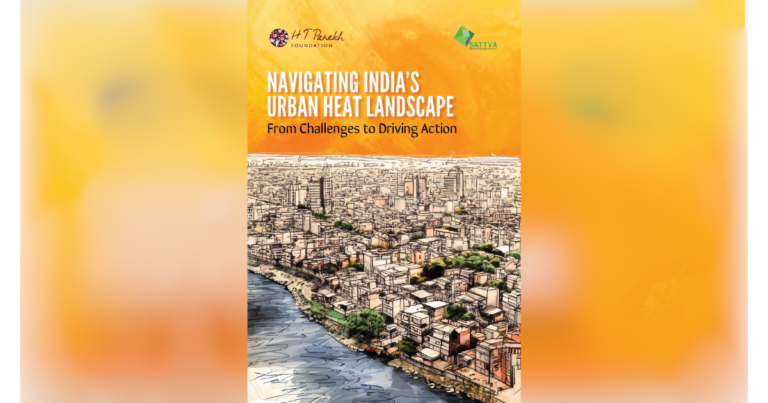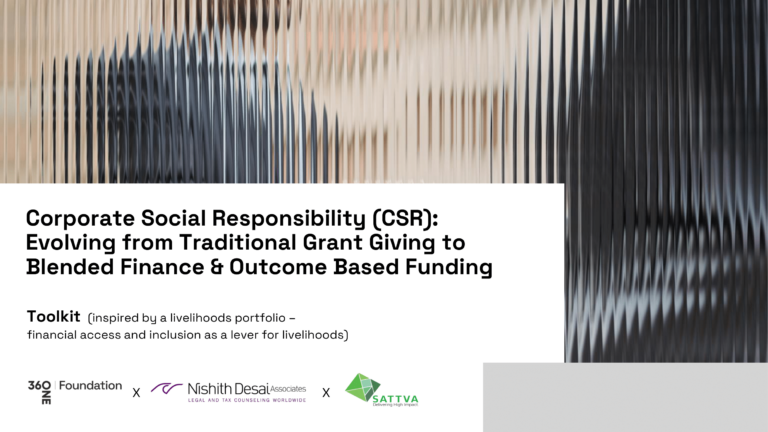– By Lakshmi Sethuraman, Granthika Chatterjee and Ritika Ramasuri
The monsoons made a late start in most parts of the country this year. Predictions of lower-than-normal rainfall in some parts only inflamed public anxieties in the summer that witnessed 96 heat-related deaths reported from Bihar and Uttar Pradesh. Soon after, July brought on the kind of monsoon deluge that prompted the India Meteorological Department (IMD) to issue alerts in yellow, orange, and red to Delhi, Punjab, Himachal Pradesh, Uttarakhand, and Uttar Pradesh. Visuals of floods became the feed of the daily doom scroll over the last few weeks and the Delhi government evacuated over 16,000 people, and over 14,000 people took refuge in tents under flyovers.
In 2021, the UN World Meteorological Organization warned that the effects of climate change, such as increased CO2 concentration, ocean acidification, increased global mean surface temperature, ocean heat content, sea-ice extent, glacier mass balance, and sea-level rise are expected to negatively impact 16 out of the 17 Sustainable Development Goals. National efforts made towards reducing poverty, malnutrition, providing clean water, and sanitation are being directly thwarted by climate change and extreme weather conditions. Consequently, the climate crisis is a veritable human health crisis.
Where climate impacts health
As per WHO’s Health and Environment Scorecard for India in 2022, the level of PM2.5 in the air is 16 times that of the WHO air quality guideline, which finds a correlation with the 39% stroke and ischaemic heart disease mortality caused by air pollution alone. A recent study published in April 2023 claimed that over 90% of India is in the ‘danger’ category of heat-wave impacts. Based on the findings of the Lancet Countdown on Health and Climate Change in 2020, it was reported that heat-related deaths in India had increased by 55% in India since 2000.
As per data by EM-DAT, floods have also claimed an average of 1500 Indian lives annually between 2011 and 2020. Among all the natural disasters that have occurred in India, floods have done the maximum harm and led to 67.2% of total deaths from natural disasters. The incidence of vector-borne diseases like malaria and dengue increases significantly due to floods and can worsen maternal and neonatal outcomes in the form of miscarriage, premature birth, and anaemia.
The need for climate-sensitive planning in health
Taking cognizance of the potential impact of climate change on public health, India’s National Action Plan for Climate Change and Human Health was launched in 2018. The objective of this plan was to create awareness, strengthen the capacity of India’s healthcare system, build greater health preparedness through situational analysis, bolster research capacity to fill the evidence gap and develop partnerships for including health in climate action.
However, climate-sensitive planning in health is yet to achieve mainstream status. While there are many organisations working on environmental issues and public health, the intersection of climate change and health is still an emerging area of development work. An analysis of the heat action plans, at all levels of governance, found that most plans take an oversimplified view of the heat hazard and don’t account for local risk factors. Identification of vulnerable demographic groups is poorly done and climate projections are also missing. The designed plans miss out on collaborative efforts by civil society, line departments, and the local research ecosystem.
Hospitals in Delhi have started to report an increase in cases of water-borne diseases due to the recent floods. Patients from two hospitals even had to be evacuated due to flooding in the hospital premises. The Climate Vulnerability Assessment Report of Public Health Facilities in Idukki District of Kerala (Healthy Energy Initiative, 2023) revealed that infrastructure problems coupled with a lack of disaster response preparedness among public health service personnel are some of the key issues in ensuring the consistency of service delivery. With increasing incidences of public health emergencies due to climate extremities, the capacity of our health systems to respond in a timely manner is crucial.
Looking at the building blocks of health systems, it is essential to ensure that the healthcare infrastructure is designed to minimise healthcare disruption during adverse events, secure their energy and water sources, and sanitation from potential risks from climate extremities. Health human resource requirements must be duly fulfilled and these care providers across all levels must be trained to prepare for, identify, and respond to health impacts from climate extremities. There is a necessity for routine climate and health data collection, integration, and monitoring at the district level. This data can also feed into action plans and enable climate-sensitive public health decision-making.
At an individual level, there are already certain health applications such as Personal Health Records, health and wellness applications, and telemedicine, using technology and data to provide quality healthcare services to its subscribers. These platforms can be leveraged by integrating data on their subscriber’s health conditions, with near-term climate data such as air quality, and temperature and proactively warning citizens via notifications.
In order to achieve the above there is a strong need for action to be done collaboratively with stakeholders such as the government, philanthropic ecosystem, non-profits, health industry, and more. However, the knowledge of the landscape and consensus-building are missing puzzle pieces of this development problem.
Firstly, there is a need to consolidate the sporadic evidence of existing initiatives to understand what is working versus not working. Landscaping of the current interventions and outcomes can facilitate cross-learnings, collaboration and reduce failures. Another area that is necessary is to establish a common vocabulary and unified structure for action is critical as this will enable collaboration between influential actors – both, state and non-state.
Furthermore, identifying priority areas for intervention and investment across the different building blocks of health systems will ensure that immediate threats are addressed and guided by the long-term goal of building climate-resilient health systems.
Lastly, mainstreaming of climate change health issues through established forums, programs and convenings such as the India Global Forum Summit and the G20 Health Working Group meeting and the India Climate Collaborative can bring together grassroots organisations, large non-profits, think tanks, philanthropies, and the Government to understand and find solutions to the climate crisis.
—–
This article was originally published in NDTV.
—–
This opinion piece was compiled by a team from Sattva Knowledge Institute, including Lakshmi Sethuraman, Partner, Health Practice Area; Granthika Chatterjee, Engagement Manager, Health Practice Area; and Ritika Ramasuri, Research Associate, Health Practice Area.




